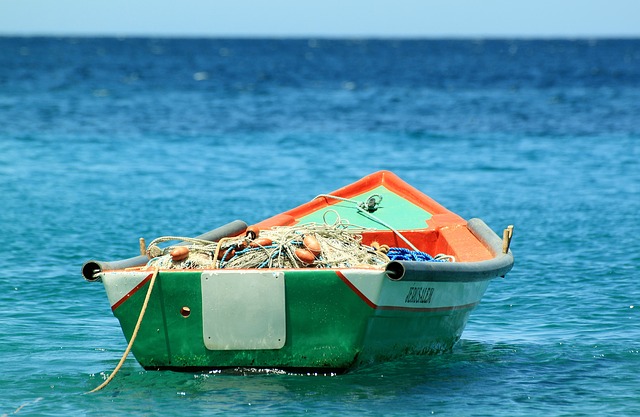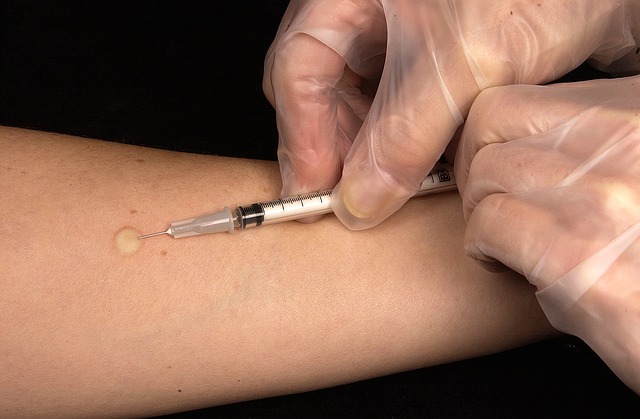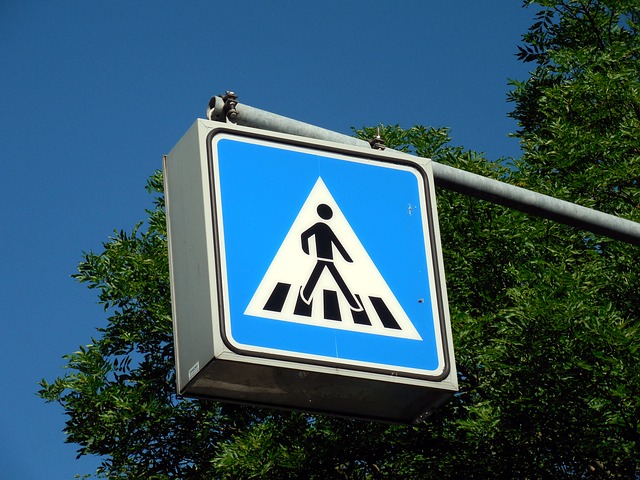Personal injuries in Homestead and other communities are a special concern in the summer. Not only are children around more often in the summer – meaning that they are more at risk for injury in the home – but barbecues, fireworks, and other summer activities bring their own risks, as well.

Unfortunately, sometimes attitudes create a risk. There are several assumptions that homeowners can make, for example, that could put families at risk:
1) “We have smoke alarms – somewhere – so we’re safe from fires.” It is not enough to have fire alarms in your home. They also need to be checked regularly and you need a fire plan as well as fire extinguishers in your home to keep your family safe. Thanks to thunderstorms, barbecues, and fireworks, summer can create a higher risk of fires, so this is a good time to make sure your home is safe. Start by walking through your home and checking smoke alarms. Make sure you have enough alarms and if the batteries have not been changed in a while, check them. During your walk-through, keep an eye out for fire hazards – such as frayed cords – and fix them. Be sure to have fire extinguishers in the kitchen and outside by the grill. Review your fire escape plan with your family so that everybody knows how to get out safely in the event of a fire.
2) “Barbecues are a casual way to have fun.” Barbecues can be fun but they also pose a big risk. If you have a grill, make sure that it is well away from your home and from any flammable surfaces. Only use your barbecue outdoors and always keep the cooking area supervised.
3) “Our guests are responsible and can get themselves home safely.” If you are hosting a party, make sure that you take away the keys of any guest who has been drinking or make sure that everyone has a safe ride home. Preventing drunk driving accidents in Homestead and Florida is everyone’s responsibility.
4) “My pool area was safe last year, so it’s fine.” Pool injuries and drowning injuries in Homestead and Florida are all too common and even if you have created a safe pool area, it may not stay safe. Gates can be compromised by weather, as can alarm systems. Be sure to check the integrity of the fence and gate around your pool. A self-locking gate with an alarm is best as it can let you know quickly if someone enters the pool area.
5) “I don’t need a lifejacket because I know how to swim.” Fatalities in boating accidents in Homestead and other communities most often occur due to drowning. Knowing how to swim does not always help, either. If you fall out of a boat and hit your head, you may be unconscious and unable to swim to shore. In these instances, a life jacket can keep you afloat (and visible) until help arrives.
 Florida Injury Lawyer Blog
Florida Injury Lawyer Blog

















